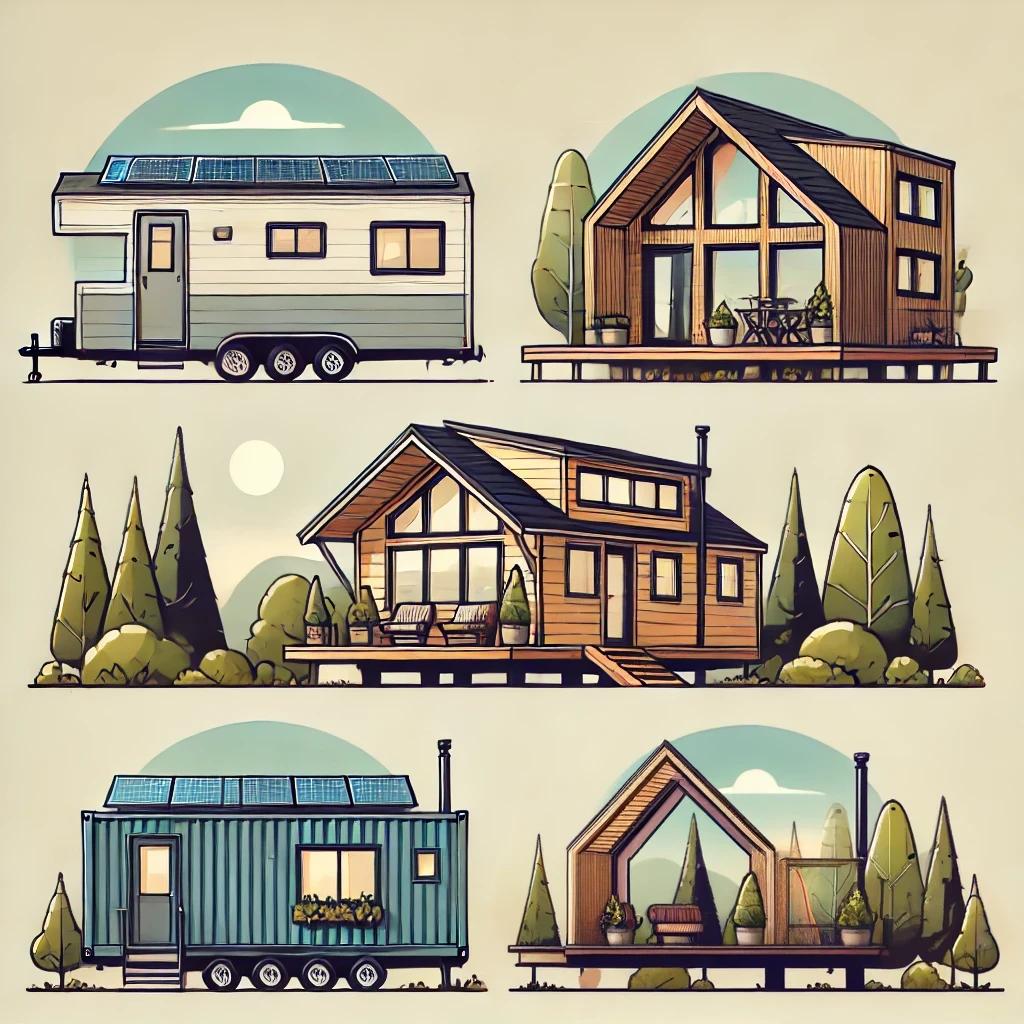Finding the Perfect Fit for You
The tiny home movement is gaining momentum in South Africa, offering a more affordable, sustainable, and minimalist way of living. Whether you’re looking to downsize, live off-grid, or embrace a more flexible lifestyle, there’s a tiny home option to suit your needs.
However, it’s important to acknowledge South Africa’s complex housing crisis. Millions of people face homelessness or live in informal settlements due to economic hardship, a reality that cannot be ignored. While tiny homes share some structural similarities with informal housing, our focus here is on individuals who are choosing this lifestyle out of personal preference – seeking sustainability, affordability, or mobility – rather than out of necessity. We recognize that safe and dignified housing should be a right for all and hope that innovative housing solutions, including well-designed tiny homes, can play a role in addressing broader housing challenges in the future.
With that said, let’s take a look at some different types of tiny homes.

1. Permanent Tiny Homes: Construction Methods
For those looking for a more stable, long-term tiny home, the method of construction plays a big role in durability, aesthetics, and cost.
A. Brick & Mortar Tiny Homes
- Traditional masonry-built tiny homes.
- Offer superior insulation and longevity.
- More expensive than other tiny home types but provide a permanent solution.
- Well-suited for urban areas where traditional buildings are required.
B. Modular & Prefab Tiny Homes
- Built in sections off-site and assembled on location.
- Quicker and more cost-effective than traditional construction.
- Often designed with sustainability in mind, using energy-efficient materials.
- A balance between mobility and permanence—some prefab homes can be relocated.
- Some South African examples: Kobus Prinsloo, TinyHome.Africa, TinyBigHouse
C. Cabin & Wooden Tiny Homes
- Classic wooden cabins, often used for off-grid retreats or eco-lodges.
- Can be built from logs, timber frames, or prefab wooden panels.
- More natural aesthetic, blending into forested or rural environments.
- Require proper treatment for durability and termite protection.
D. Shipping Container Homes
- One of the most popular tiny home styles in South Africa due to affordability and availability.
- Strong, durable, and relatively easy to transport.
- Can be modified into single-unit homes or stacked for larger spaces.
- Insulation and ventilation are crucial for comfort.
2. Mobile & Portable Tiny Homes
For those who want flexibility and mobility, these tiny homes can be moved and are ideal for nomadic living, travel, or alternative land use.
- Tiny House on Wheels (Towable Tiny Houses) – Small homes built on wheels, offering the benefits of a full house but with the ability to relocate. Some South African examples: TinyHome.Africa,
- Travel Trailers, RVs & Camper Vans – Ideal for adventure seekers and digital nomads, converted vans or motorhomes provide a home on the road.
- Houseboats – Floating tiny homes, often used in coastal areas or along rivers, providing a unique water-based lifestyle.
Key Considerations: Legal parking, road regulations, mooring fees (for houseboats), and self-sufficient utilities like solar panels and composting toilets.
3. Alternative & Unconventional Tiny Homes
For those looking for something unique, these homes embrace innovative designs and unconventional materials.
- Dome Homes & Yurts – Circular structures offering energy efficiency and resistance to extreme weather.
- Earthbag & Straw Bale Homes – Natural building methods using locally available, sustainable materials.
- Repurposed Buses or Train Carriages – Creative solutions converting vehicles into cozy living spaces.
- Treehouses – Elevated tiny homes, blending nature and architecture for a magical retreat.
Conclusion
Choosing the right tiny home depends on your lifestyle, budget, and location. Whether you prefer a mobile tiny home, a modular prefab design, or something truly unconventional, there are many options to explore. Be sure to research local zoning laws and construction regulations before making the leap into tiny living. We’ve also compiled a list of what to look for in a tiny home builder, and some of the best tiny home builders in South Africa.
